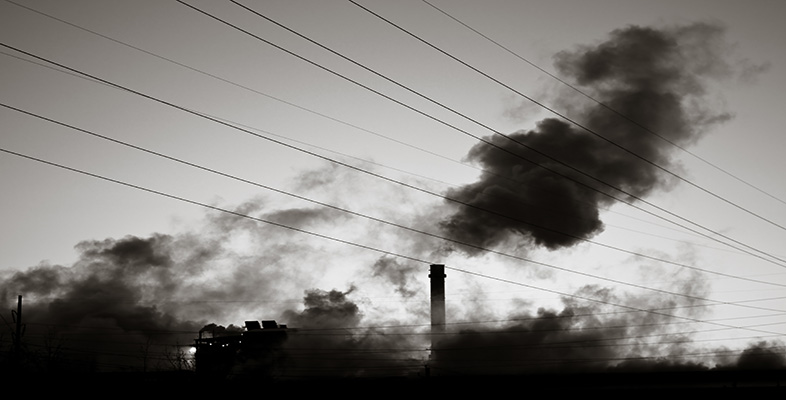Social harm
Importantly, the concept of harm has made it possible to extend the criminological gaze beyond national borders to include illegal and harmful acts involving powerful elites, such as governments and political leaders. The problem of state crime and culpability is an area that has attracted much consideration from critical criminologists for many years. In 1970, Julia and Herman Schwendinger, influenced by US foreign policy failures and the Vietnam War, argued that state institutions that tolerated, perpetuated or failed to prevent human rights abuses such as racism, sexism, or poverty were not only negligent in their civic duty but co-conspirators in crimes against humanity. From these analyses discourses emerged that began to link criminology to the preservation of human and social life and to the enactment of human rights.
Key features of social harm
- Encompasses social, economic, psychological and environmental injury or damage inflicted on society either intentionally or unintentionally
- A concept that enables criminology to move beyond legal definitions of ‘crime’ to include immoral, wrongful and injurious acts that are not necessarily illegal
- Originates theoretically from Edwin Sutherland’s 1945 work ‘Is “White Collar Crime” Crime?’
- Key theorists who have worked from a social harm perspective:
- Paddy Hillyard
- Christina Pantazis
- Simon Pemberton
- Larry Tifft
- Steve Tombs.
